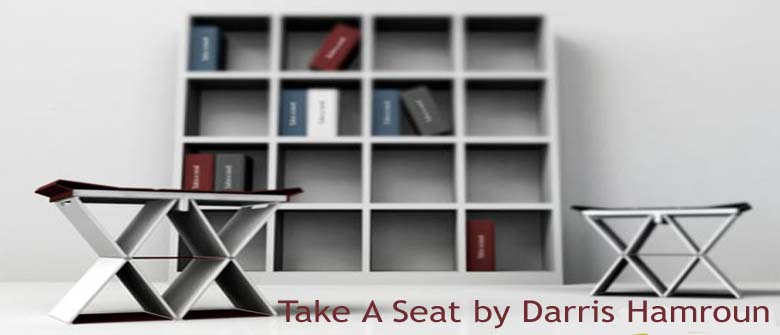With increasing numbers of homes being built and increasing numbers of people who are too busy working to decorate the place themselves, there is now more need for interior decorators in big cities than there ever was before. If you're curious about this profession or considering making a career out of it, this article will introduce you to the responsibilities of an interior decorator, what their working lives are like, and how you might go about becoming an interior decorator. We hope you find it helpful.
An interior decorator is a contractor - usually independent - that you bring in to create a coherent sense of style in your home or condo. They create design themes and coordinate decor within rooms and between different rooms. They paint, choose artwork, recommend flooring types, purchase and place decorative items such as sculptures and vases, and choose the furniture that will go in each room. They can work from a blank slate (i.e. new apartment) or revamp an old look that you've grown tired of.
Interior decorators work mostly with the cosmetic and aesthetic aspects of your home's design, so they have to have a solid sense of color and texture, be familiar with various cultural and decorating styles, be able to do light work such as painting and furniture assembly, and be able to work within the client's budget. They do not, however, do renovations, lay flooring, re-wire electrical sockets, move walls, and the like. If your house plans require this sort of work, hire an interior designer or a building contractor before you bring in an interior decorator.
If you frequently walk into a room and immediately start thinking about how much nicer it would be with a few pieces of art on the walls and a nice patterned throw pillows, you may have a natural affinity for interior decorating. To turn it into a career, you should take some classes at a career college to lend authority to yourself when you begin advertising your services. However the most important thing needed to get clients is a portfolio of the rooms you have designed so far.
As a professional interior designer, you are likely to be working for yourself, which means you need a firm grasp over the business aspects of the field, such as invoicing, taxes, and incorporation as well as how to decorate spaces. You will need office space (a home office will do) where you can do your work, a quality portfolio of your best rooms, and a contact list of contractors whom you can call on to do the specialty work. You will split your time between office/design work, meeting with clients, shopping, and working on rooms.
| 